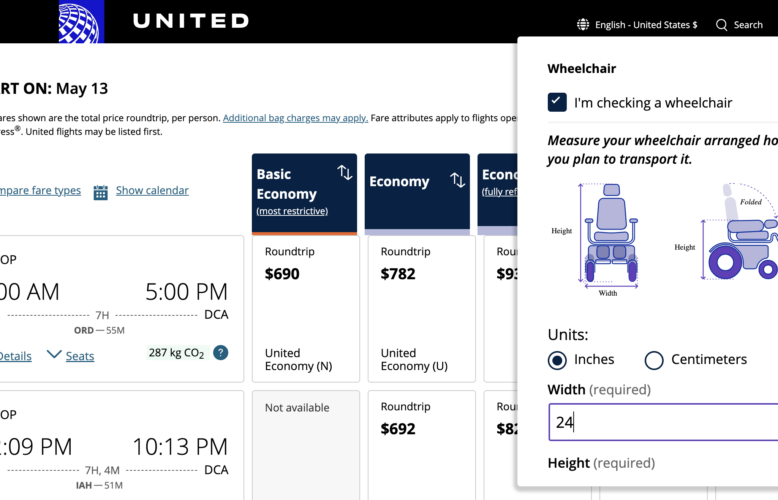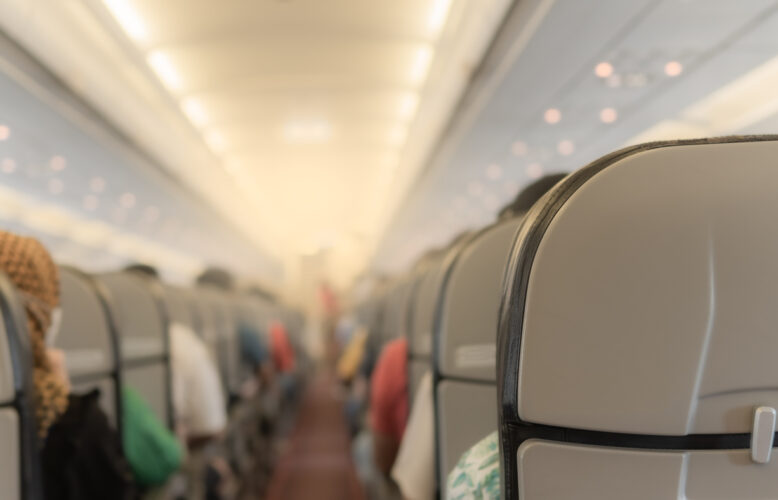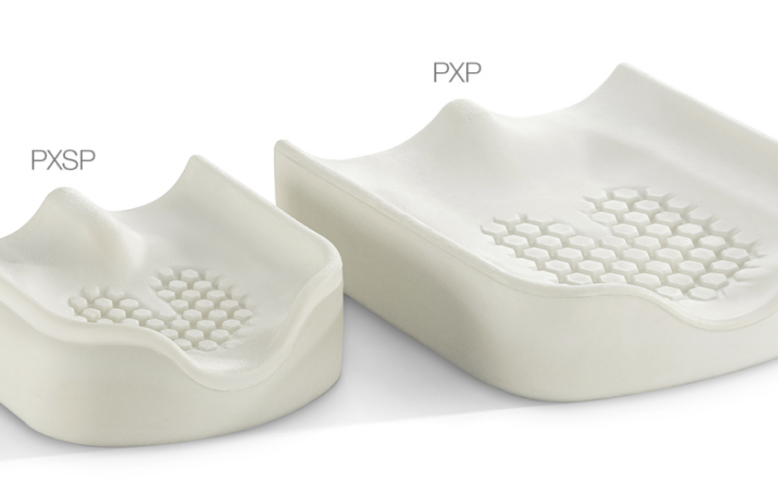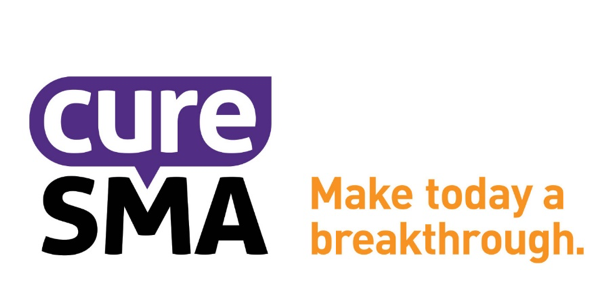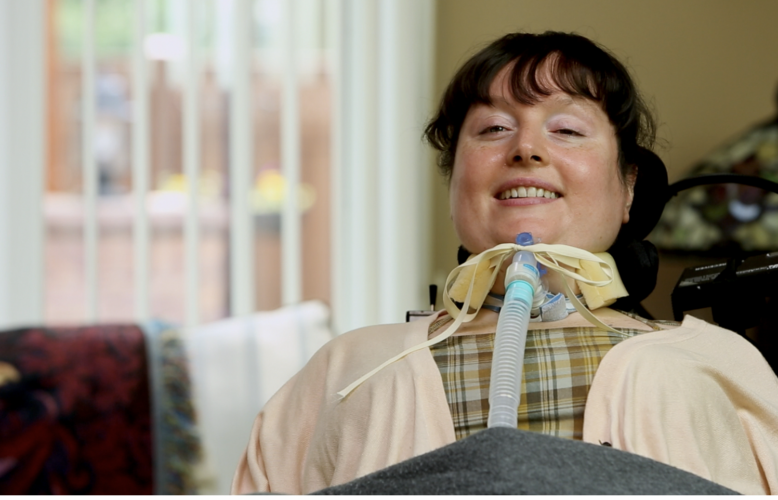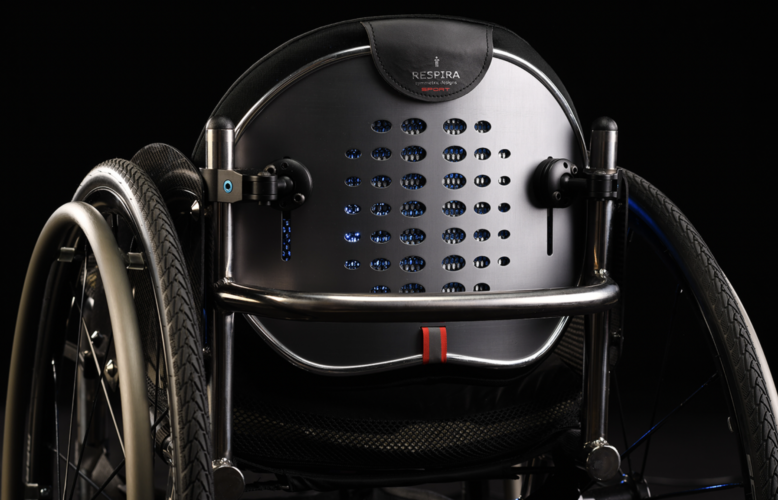
Industry News
Briefly: Health Canada Could Reconsider Masitinib; RESNA Goes Gaming
Health Canada Could Reconsider Add-On ALS Treatment Health Canada will allow AB Science to ask for reconsideration for masitinib, a treatment for amyotrophic lateral sclerosis (ALS). In an April 3 announcement, AB Science said the reconsideration process “will re-examine, with new assessors, the decision based on information that was included in the original submission.” Health…VGM Updates Member Success Team
The member services organization announced a promotion and a new hire.
VGM & Associates has announced an addition and a promotion to its member success team. In an April 10 press release, VGM said Chris Rose had been promoted to become director of member key accounts, effective April 8. Rose, who previously served as a regional account manager, will now “focus on strengthening business relationships between…CMS Announces Medicaid Services Final Rule on Access
The final rule seeks to make Medicaid FFS rates more transparent for stakeholders.
The Centers for Medicare & Medicaid Services (CMS) has issued a final rule related to Medicaid access. In an April 24 bulletin, the American Association for Homecare (AAHomecare) discussed the Ensuring Access to Medicaid Services final rule, saying, “One of the biggest changes in this final rule are updates to documentation related to access to…Commentary: Barbie Reigns, Seat Elevation Coverage Intrigues in Q1
Reviewing Mobility Management’s most-read stories this quarter.
The most-read Mobility Management story of Q1 2024 was bright pink and purple. Barbie Goes to Seating Clinic, published Jan. 23, was inspired by Lauren Rosen, PT, MPT, MSMS, ATP/SMS, program coordinator at the Motion Analysis Center, St. Joseph’s Children’s Hospital of Tampa (Fla.). Lauren passionately advocates for independent mobility for young children, which is…Creating a Seating Clinic Wonderland in Tampa
Physical therapist Lauren Rosen on the importance of representation for her young seating clients.
As Program Coordinator at the Motion Analysis Center, St. Joseph’s Children’s Hospital of Tampa (Fla.), Lauren Rosen, PT, MPT, MSMS, ATP/SMS, has a sizable office. Rosen needs that space for her array of demo wheelchairs — power, manual self-propelled, manual tilt. And her clients — some of whom are experiencing independent mobility for the first…Briefly: Motion to Host Wheelchair Service Days; United Spinal’s Giving Week Now in Progress
Featuring Motion and United Spinal Association.
Motion to Host Preventative Maintenance Days for Wheelchair Clients Motion is hosting two Preventative Maintenance Days to provide wheelchair checkups for its clients. “Motion strives to ensure we are doing all that we can to keep our clients safe, minimize future urgent service requests, and maintain manufacturer safety standards,” the provider formerly known as Motion…Standing Out
How standing can impact development, function and goals for kids.
As Lisa Kenyon, PT, DPT, Ph.D., PCS, joined our Google Meet interview, I caught a glimpse of her workstation, which included an elevated platform, perhaps large enough to hold a laptop. “I’ve been standing for my other meetings today,” she said, taking a seat at her desk. Before our interview even began, Kenyon was demonstrating…VGM Canada Hires Dominique Sedlezky
Sedlezky begins at her new post on May 1.
VGM Canada is welcoming a new associate director of supplier and member relations. In an April 8 news announcement, VGM Group Services Ltd. said it had hired industry veteran Dominique Sedlezky, who will be starting May 1. In her new position, Sedlezky “will become an additional contact for current and prospective suppliers and members to…MS Patients: ChatGPT Responses Are More Empathetic Than Those from Neurologists
A new study examined how patients reacted to information provided by artificial intelligence.
A new study published in the Journal of Neurology said patients with multiple sclerosis (MS) rated responses produced by artificial intelligence (AI) — specifically, ChatGPT — to be more empathetic than responses from neurologists. The April 3 study was titled, “ChatGPT vs. neurologists: a cross-sectional study investigating preference, satisfaction ratings and perceived empathy in responses…Briefly: NCART Joins YouTube; ALS Treatment Withdrawn After Trial Results
Featuring the National Coalition for Assistive & Rehab Technology and Amylyx Pharmaceuticals.
NCART Now Sharing Updates Via YouTube The National Coalition for Assistive & Rehab Technology (NCART) has created a YouTube channel. In an April 3 newsletter to stakeholders, NCART — @NCART-CRT — introduced the channel. Its first video is a greeting from Executive Director Wayne Grau, who said, “This is an incredible opportunity to share with…Mobility News See More >
Briefly: Health Canada Could Reconsider Masitinib; RESNA Goes Gaming
Featuring Health Canada, AB Science, and the Rehabilitation Engineering and Assistive Technology Society of North America.
Health Canada Could Reconsider Add-On ALS Treatment Health Canada will allow AB Science to ask for reconsideration for masitinib, a treatment for amyotrophic lateral sclerosis (ALS). In an April 3 announcement, AB Science said the reconsideration process “will re-examine, with new assessors, the decision based on information that was included in the original submission.” Health…
VGM Updates Member Success Team
The member services organization announced a promotion and a new hire.
CMS Announces Medicaid Services Final Rule on Access
The final rule seeks to make Medicaid FFS rates more transparent for stakeholders.

Commentary: Barbie Reigns, Seat Elevation Coverage Intrigues in Q1
Reviewing Mobility Management’s most-read stories this quarter.

Creating a Seating Clinic Wonderland in Tampa
Physical therapist Lauren Rosen on the importance of representation for her young seating clients.
Features See More >

Commentary: Barbie Reigns, Seat Elevation Coverage Intrigues in Q1
Reviewing Mobility Management’s most-read stories this quarter.
The most-read Mobility Management story of Q1 2024 was bright pink and purple. Barbie Goes to Seating Clinic, published Jan. 23, was inspired by Lauren Rosen, PT, MPT, MSMS, ATP/SMS, program coordinator at the Motion Analysis Center, St. Joseph’s Children’s Hospital of Tampa (Fla.). Lauren passionately advocates for independent mobility for young children, which is…
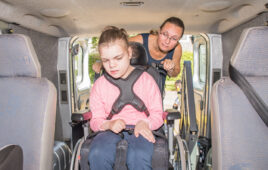
United Spinal Announces Wheelchair Securement Project
The new SecureRide coalition is working on a new wheelchair securement standard.
CMS Announces Preliminary Coding Recommendations for Powered Seat Elevation
Stakeholders are invited to present comments during a Nov. 30 coding meeting.

University of Pittsburgh RSTCE Launches ISS 2023: On-Demand
Course bundles feature presentations from the live event in April.

AI Imagines CRT
Legislation & Public Policy See More >
AAHomecare: HME Suppliers Still Suffering After Change Healthcare Cyberattack
Association has reached out to policymakers to explain the disruptions in claims processing.
Home medical equipment (HME) suppliers are still reporting significant disruptions in timely claims and payment processing following the cyberattack on Change Healthcare, the American Association for Homecare (AAHomecare) said in a March 20 bulletin. As a response to what AAHomecare called an “unprecedented disruption,” the association said it sent letters the week of March 11…
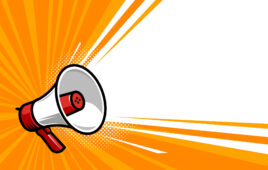
Top Trends & Headlines for Complex Rehab Technology in 2024
Building on successes and addressing unfinished business.
House Energy & Commerce Committee Passes Amended H.R. 5371
Amended section includes new coding information.
Briefly: ISWP Shows Off New Logo; SCOTUS Tosses ADA “Tester” Case
Featuring the International Society of Wheelchair Professionals, the U.S. Supreme Court.



